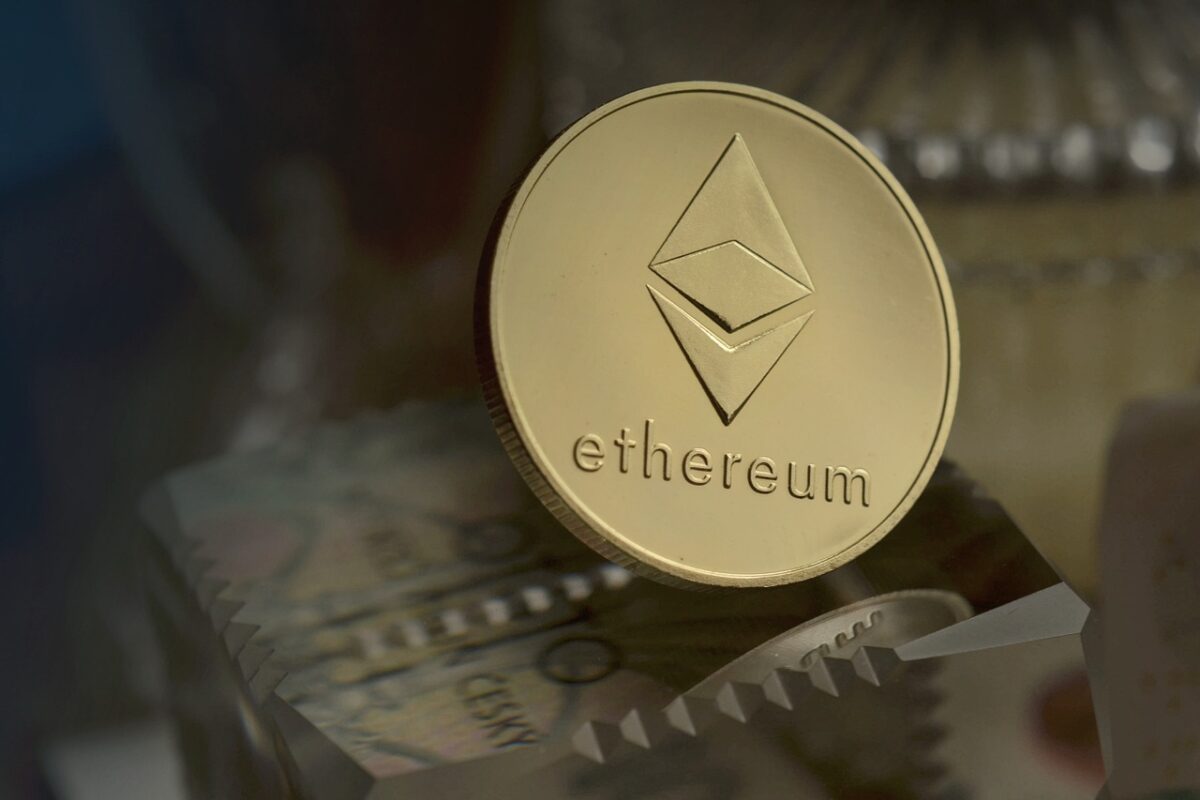
The Ethereum market has been more active than ever as the second largest digital asset hit a new all-time high on November 2 at $ 4,477. Ethereum has also been witnessing a streak of negative supply issuance.
The Ethereum network has seen a negative supply for seven consecutive days, which means more ETH was burnt than was mined. According to data, the London hard fork led to the permanent destruction of 724,400 ETH which can be valued at close to $3.1 billion.
The London Upgrade introduced a scorch mechanism to the Ethereum fee market earlier in August, in which a small amount of Ether was destroyed with every transaction executed on the network. However, with gas prices remaining at their peak, Ethereum has now been witnessing a whole week of deflationary issuance on the network.
In order to support this deflationary event, the price of gas must constantly exceed 150 Gwei. This price has been maintained over the past few days, resulting in activities like providing liquidity on a DeFi platform, to cost as high as $140.
According to EthHub co-founder Anthony Sassano, this deflationary issue was not expected before “the merger” or ETH 2.0, which is scheduled for launch in the first half of 2022.
Sassano noted,
“Due to the current PoW issuance (4.5%), a deflationary ETH was not something that was expected to happen until The Merge but due to the on-going high fees, the Ethereum network is currently burning almost 13,000 ETH per day or $55 million at time of writing – truly insane when you really think about it.”
According to data provided by Ultrasound.Money, around 15,000 ETH [~$65 million] was burned daily. Taking this into account with the rate of new ETH being created, it puts the weekly net issuance of Ether at minus 8,034 [~$34 million].
However, Sassano stressed that the London upgrade did not increase gas prices but made them more predictable. He added,
“Contrary to popular belief, EIP-1559 has not increased gas prices and has in fact helped considerably with spikes in demand (such as during hyped-up NFT mints) which has led to a smoother network overall.”
Additionally, data from the Bankless Ethereum Q3 network indicated that transaction fees jumped 400% between July and September, compared to the same period last year.
Despite the celebration, many Ethereum advocates are pushing migration to the layer-two ecosystem. Many users were already migrating to L2 networks, as it showed a 500% increase in total locked-in value over the past two months to $ 4.68 billion. While there were reasons to celebrate, the Ethereum users may not want to burn their crypto in just paying for the gas and L2.


















